This op-ed was originally published by Nikkei Asian Review.
For people in the West, Myanmar appears to be a mess. Yet, for many in Asia, it still beckons as a land of opportunity.
Western media remain focused on the ethnic cleansing operation against the Muslim Rohingya community launched by the government’s armed forces in the wake of sporadic attacks from late 2015 by a small group of Rohingya militants. The crisis has turned the weight of world opinion against Myanmar and its de facto leader Aung San Suu Kyi.
But the economic impact appears likely to be limited. While the Rohingya tragedy is appalling, it has directly affected only around 1 million of Myanmar’s 54 million people. Most of the rest are seeing measurable economic improvement in their lives as the country moves out of decades of self-imposed isolation, poor economic policies, and civil war.
While the U.S., the European Union and other Western governments, mull sanctions and Western tourists turn away, Myanmar continues to receive solid economic support from its Asian partners, led by China and Japan, but also including Thailand, India, Singapore, and others. Whether they are acting purely out of economic self-interest or for geopolitical reasons, or both, these regional governments are giving Myanmar crucial support in this stressful period.
Bustling with energy
A visitor can spend a day, a week, or a month in Yangon and see no evidence that the Rohingya crisis is having an impact on people’s daily lives. The city is bustling with energy. Traffic is heavy. Construction projects are underway in every neighborhood.
There is hard evidence of progress on the ground. New surveys have found remarkable improvements to life in rural Myanmar where the majority of the population lives. Specifically, a survey carried out in 2016 by Myanmar’s Center for Economic and Social Development and Michigan State University found that real wages in four agriculture-based townships near Yangon had risen by 23 percent from 2013 to 2016. A major factor in this increase was exponential growth in mechanization for soil preparation and harvesting.
A broader survey in 2017 of 14 townships in Myanmar’s “Dry Zone,” the central heartland, by the same partners found significant progress since 2011: Half of the secondary schools in these townships had been constructed in this period; 65 percent of the households had gotten their first electric connections; new road construction had raised the share of villages accessible by car in the monsoon season to 75 percent; and travel times had fallen sharply due to a big increase in motorbike ownership.
In December 2017, the World Bank and the Myanmar Ministry of Planning and Finance published the results of a nationwide survey carried out in early 2015. It found major improvements in living standards across the country since 2009/10. Remarkably, poverty had declined from 42 percent of the population to 32 percent in just five years.
Life for the roughly 1 million Rohingya Muslims who resided in Rakhine State before the exodus in 2017 has turned from bad to horrifying in the past five years. More than 640,000 of them fled to Bangladesh in successive waves during 2017, where they now live in one of the world’s largest refugee camps. Many of those remaining in Myanmar are living in miserable camps for displaced persons or are not free to travel outside their villages.
Without discounting the plight of the Rohingya, it is worth focusing on the other 53 million people in Myanmar. These can be divided between people living in the country’s seven predominately ethnic majority Bamar “regions” and those living in its seven ethnic minority “states.” The Bamar ethnic group accounts for 70 percent of the population and inhabits the lowland center of the country. A dozen major and distinct ethnic minorities inhabit the mountainous regions on the borders with India, China, and Thailand.
Life is far from good for the ethnic minorities because many are still under attack from, or in an unresolved ceasefire with, Myanmar’s armed forces, which have been seeking to subdue and assimilate them for decades. But even here there has been measurable improvement in conditions since the transition to democratic rule which began in 2011 and included the first free election for parliamentary representatives in 2015. People in several minorities have gained greater freedom of movement and better access to some government services.
Clearly the ethnic Bamar people are the major beneficiaries of the political and economic reforms since 2011, especially those living in the three major cities: Yangon, Mandalay and Naypyitaw (totaling roughly 8 million and growing rapidly). Their benefits go well beyond the advances measured in economic surveys. For example, there has been a remarkably rapid mobile phone rollout, ATMs are becoming available, and mobile money is starting up. Private sector health and education services are growing impressively. Upscale malls are opening. The International Monetary Fund is projecting gross domestic product growth in Myanmar in the fiscal year ending March 2018 to be 6.7 percent, among the highest in Asia.
Asia’s reality
For Western countries and advocates of democracy and human rights, this situation presents a conundrum: how to punish the government that presided over the ethnic cleansing of the Rohingya without making life worse for millions of civilians in the country. Finding the right response is also harder because of the clear and deep anti-Rohingya sentiment within the Bamar ethnic group and other Buddhist communities.
For Asian countries, however, there is an easy response: Invoke the longstanding principle of non-interference in the domestic affairs of sovereign countries. As a result, regardless of what the Western countries do, it is likely that Myanmar’s regional partners will continue to trade, invest, and engage. China is the most important of these partners, but Japan is deeply invested in Myanmar’s economic advancement. Thailand and India, neighbors to the east and west, are working to connect through Myanmar. Singapore, Vietnam, and Thailand are also active business partners.
Most of these regional partners have their own minority issues domestically and for a long time have been less concerned about violations of human rights anywhere in the world. Most did not join in the sanctions imposed on Myanmar by the West, primarily the U.S. and EU, between 1990 and 2010 and are unlikely to join any new Rohingya-related sanctions. China even took advantage of the earlier sanctions by gaining much greater access to Myanmar’s resources (especially jade, timber, and natural gas).
Western concerns about Myanmar’s mistreatment of the Rohingya are having some economic effect. Tourist arrivals were falling last year by as much as 11 percent from 2016. The World Bank and other international aid agencies are reconsidering their funding levels, and Western investors are reassessing the country’s future prospects.
As long as Myanmar’s Asian partners stay engaged, however, the majority of the country’s people, both in urban and rural areas, can expect substantial gains in their standard of living in the years ahead. That may be awkward for the West, but it reflects the reality of being an Asian nation.
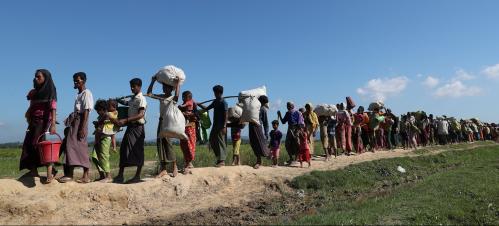
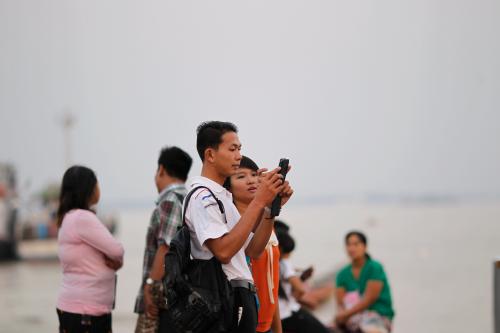
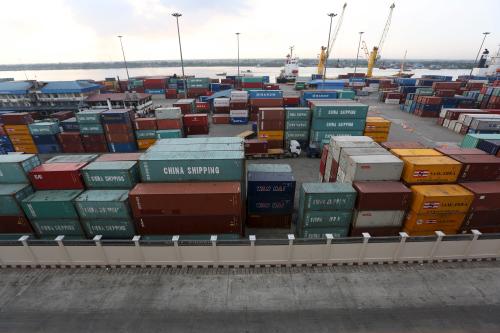

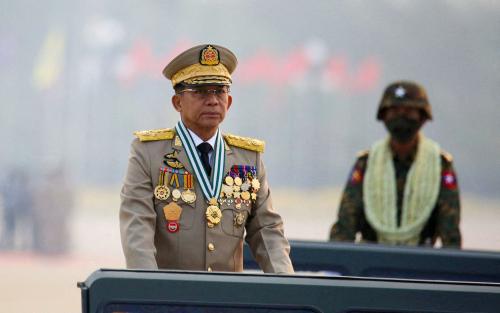
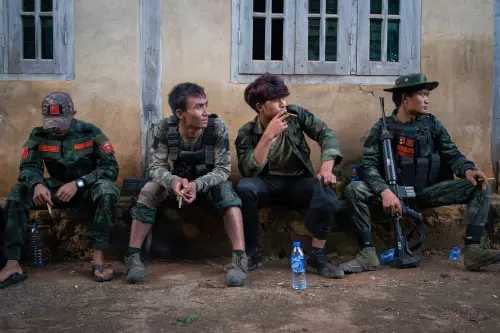
Commentary
Op-edMyanmar economy grows despite refugee crisis
January 18, 2018